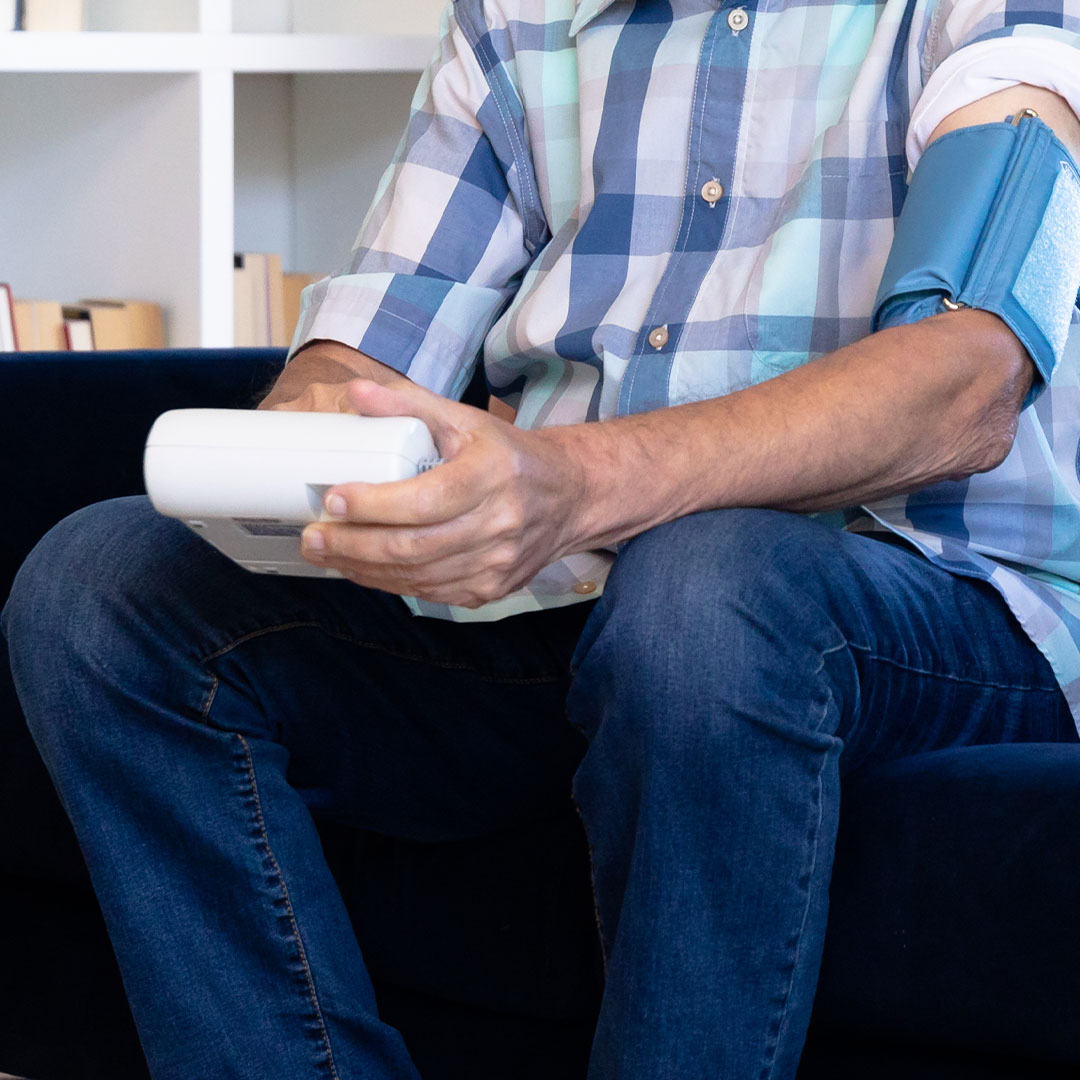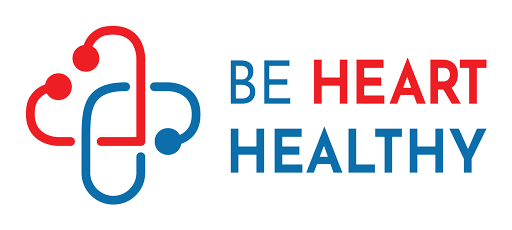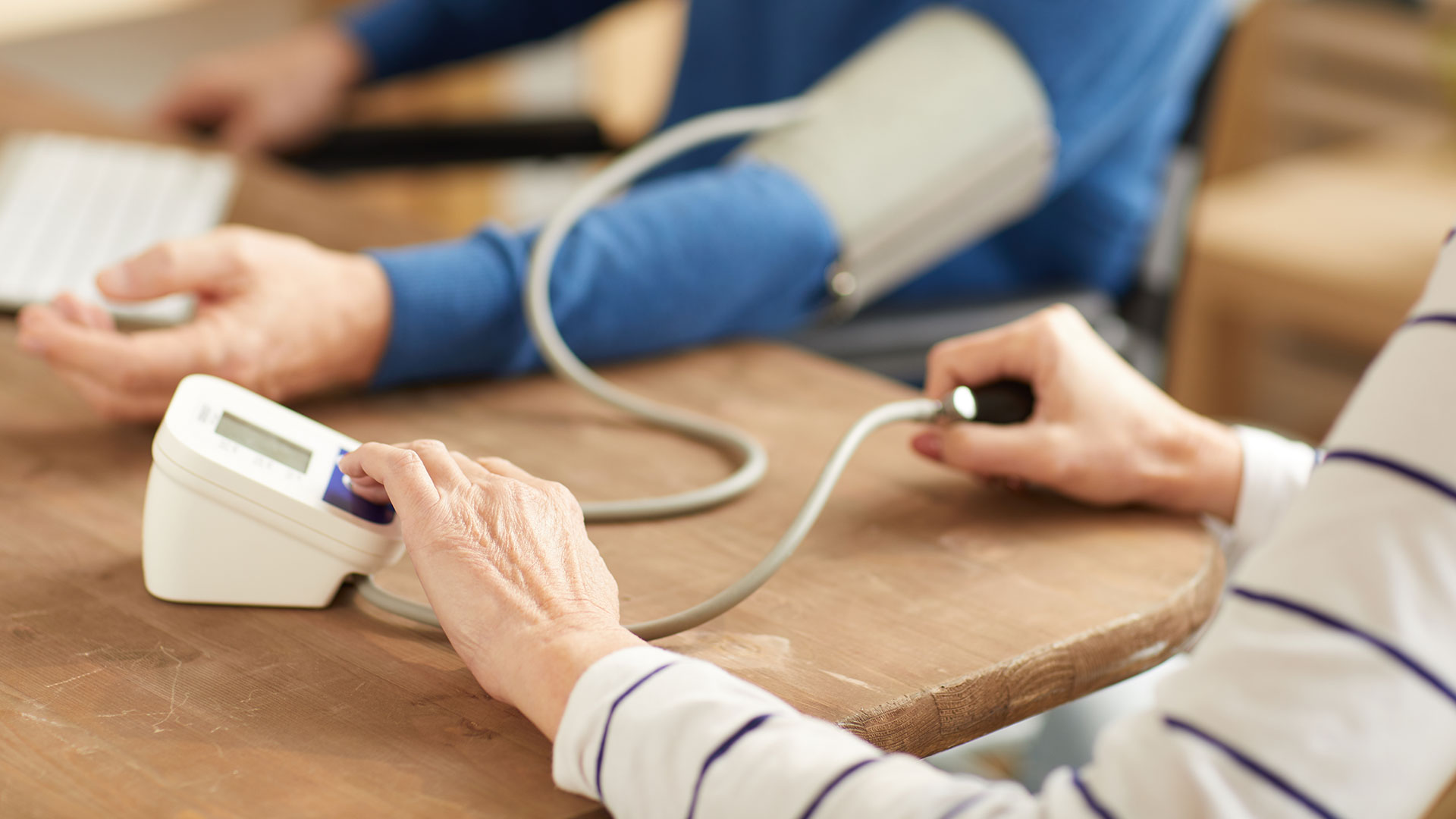Home blood pressure (BP) monitoring is a self-monitoring tool that can be incorporated into the home care plan of hypertensive patients. It is recommended technique according to many major guidelines because of growing evidence-based support for monitoring blood pressure at home. According to recent research, home blood pressure monitoring is preferred compared to office monitoring due to improved blood pressure control, foreseeing cardiovascular complications associated with hypertension, and understanding of white-coat hypertension in the patients. In addition to this, home BP monitoring is easier and cheaper as compared to office monitoring or daily ambulatory monitoring. However, all home BP monitoring devices require validity because false readings have been reported in many devices. To counter this problem, a BP cuff with a large inflatable area should be used that wraps around the arm and reduce the limitations associated with other devices. (1)
How to Monitor BP at Home?
- Avoid caffeinated drinks and beverages, smoking, and physical activity 30 minutes before taking the BP reading. Urinate and sit still for at least 5 minutes before measuring blood pressure.
- Sit on a chair with the back supported and straight. Do not cross your legs and place your feet flat on the floor. Support your arms on the sides of the chair and your upper arm should be at the level of the heart. Cuff should be applied in such a way that the bottom of the cuff is a little above the elbow joint. For further guidelines, check the label pasted on the box of your BP device. You can also ask a healthcare provider to learn about home BP monitoring.
- Blood pressure should be measured at the same time every day, more preferably in the morning and evening. If a doctor has changed your treatment or medication plan, it is ideal to take BP reading 2 weeks after the change. Before an appointment with the doctor, monitor your BP for a week and should have a BP record a week before the visit.
- To reduce the risk of error, take multiple readings and calculate the average. Some BP monitoring devices have a memory to store previous readings that can be checked if required in the future. You can also take the device to the doctor as a previous record of your BP readings. Avoid taking BP reading with clothes because it increases the risk of error.

What to do when BP reading is high?
- If you get a single high reading, there is no need to panic. Repeat the reading two times, after five minutes each. If the reading is still high, ask your healthcare provider about the next step.
- If your blood pressure suddenly increases to more than 180/120, repeat the reading after 5 minutes, if the reading is still abnormal, rush to the healthcare center because it is a sign of hypertensive crisis. Hypertensive crisis may be associated with other symptoms of organ damage such as chest pain, numbness, visual problems, shortness of breath, and difficulty speaking. (1)
AHA Recommendations:
According to the American heart association, home BP monitoring is recommended for all hypertensive patients in order to control BP and as assistance to a healthcare provider to determine whether the treatment is working for the patient or not. Home BP monitoring does not mean you start to self-medicate your antihypertensive medications. If your blood pressure is continuously within the normal limits, you should not stop taking medications. You should stick to the prescribed plan or ask your physician about any concerns. (3)
For more information, you can visit our Facebook or Instagram page.
References:
- George J, MacDonald T. Home Blood Pressure Monitoring. Eur Cardiol. 2015 Dec;10(2):95–101.
- Kario K. Home Blood Pressure Monitoring: Current Status and New Developments. American Journal of Hypertension. 2021 Aug 9;34(8):783–94.
- Shimbo D, Artinian NT, Basile JN, Krakoff LR, Margolis KL, Rakotz MK, et al. Self-Measured Blood Pressure Monitoring at Home: A Joint Policy Statement From the American Heart Association and American Medical Association. Circulation. 2020 Jul 28;142(4).




